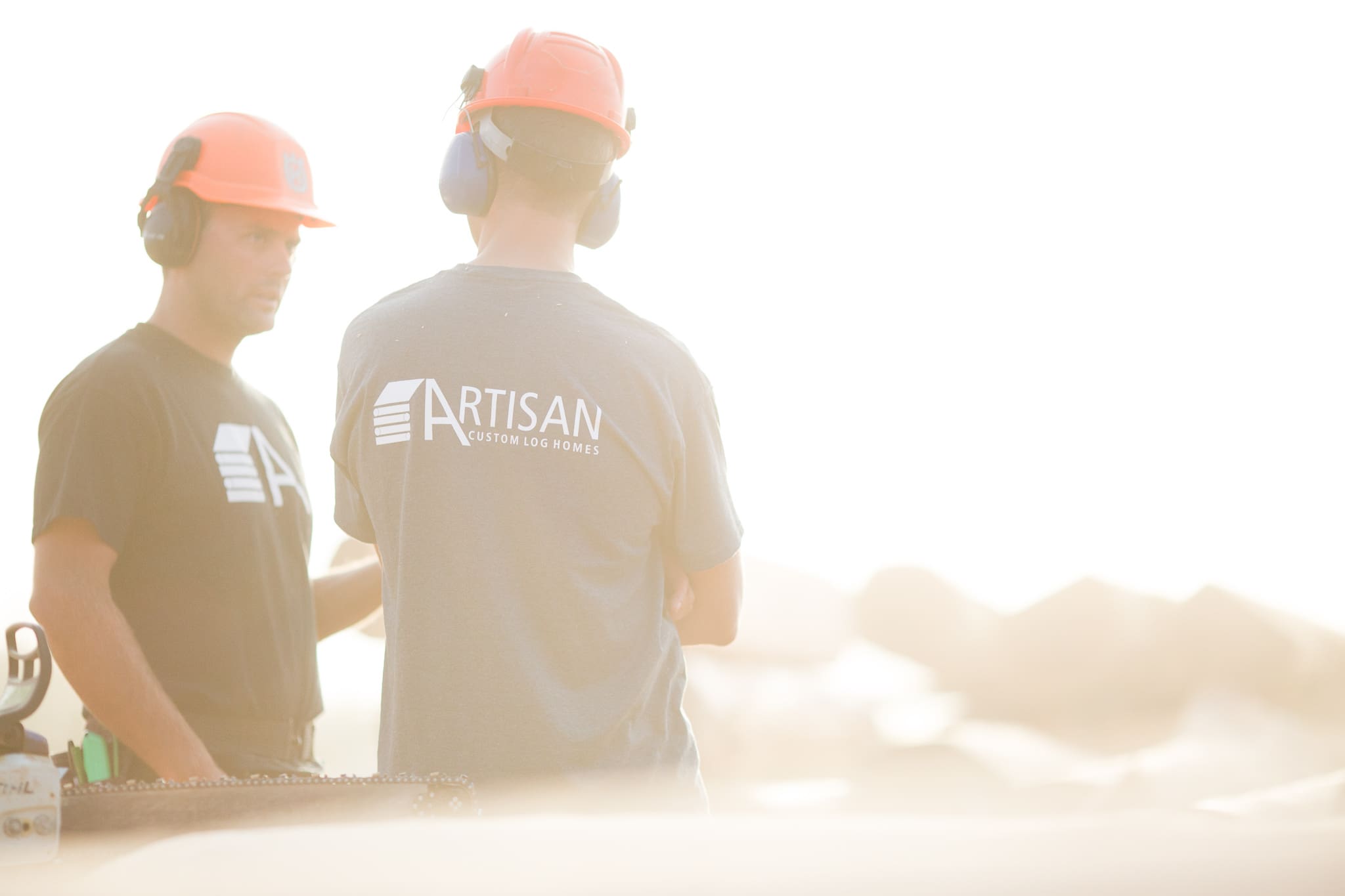If you are online searching and looking for information on custom log homes, you have probably noticed that many of the websites you come across have lots of industry terms and jargon. It can be a bit confusing reading these terms when you aren’t exactly sure what they mean so we have put together a list of some of the common types of words and phrases in the log home building industry to help you:
Check: This isn’t referring to a form of payment, it is the term used when a crack opening appears in a log as it dries. It does not lessen the strength of the log, it is strictly cosmetic.
Buck: To allow for movement of logs, this framing system is used around windows and doors. It is a slip joint cut in the sides of the logs.
Half Log: An entire log sawed in half lengthwise. This is often used on the exterior of the home.
Hip Roof: This is not a roof that is popular but is a type of roof where all sides slope downwards to the walls, usually with a fairly gentle slope, almost like a pyramid.
Butt Joint: The point where two pieces of wood or mounding join together.
Joint: The point where two or more timbers meet.
Joinery: Connecting timbers by means of woodworking joints.
Knee Brace: Typically positioned at a 45-degree angle, a knee brace creates added strength to support the load overhead between a post and a supported truss.
Chinking: Chinking is used when a stacked log home is not built using the full scribe joinery method and a gap between the logs occurs which can make the log susceptible to rain, wind and snow. Filling the these gaps with chinking can prevent the outside elements from coming in, similar to an insulation. This method is not commonly used any more, but some builders still use this method.
R Value: Is the rating used to measure how much resistance a material has to heat flow. The higher the R Value is, the greater the insulating properties are.
Full Scribe Log Home: A full scribe log home is a traditional log style home where the logs are stacked together horizontally to form the walls.
Timber Frame Home: Timber frame homes are very similar to post and beam where the main horizontal structure is held up by many timber posts. The main difference is that post and beam logs are round and timber frame logs are square.
Post and Beam Home: Post and beam log homes and cabins use full logs as a structural support providing a natural log surface inside and outside the home.
Ridge Pole: A ridgepole is the horizontal log beam located at the highest peak of a log or timber home. This is the main beam that holds up the roof of the house and is typically the heaviest, the largest and the longest log. The rafters attach to this pole which crowns the home.
Overhang: That part of the roof that extends beyond the outside wall.
Scribe: The process of cutting one log to match the contours of another for a tight log-to-log fit.
Screw Jack: A device that may be adjusted to allow for the settlement in log walls.
Settling: Loss of wall height by shrinkage and compression, commonly found in full scribe log homes over the first few years.
There you have it, a few terms to familiarize yourself with as you plan your new home. For more information on terms and lingo, check out our log home 101 section where we answer the most common questions asked by our clients.


